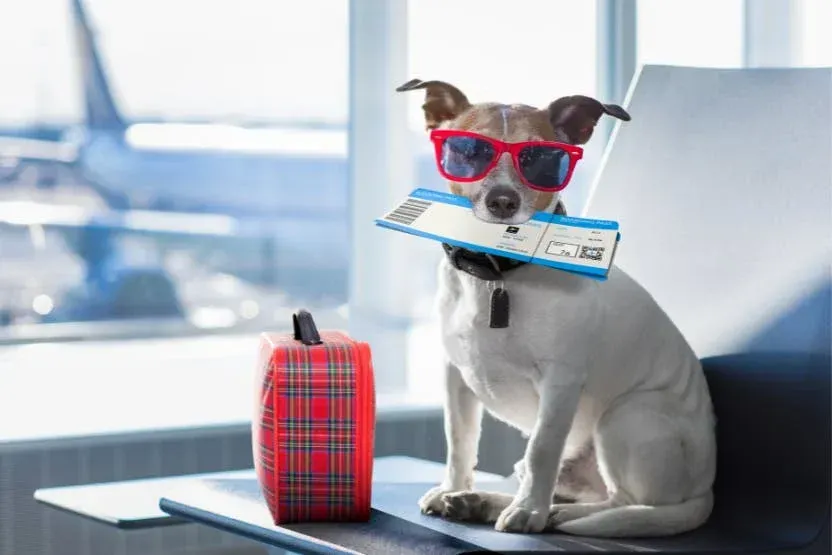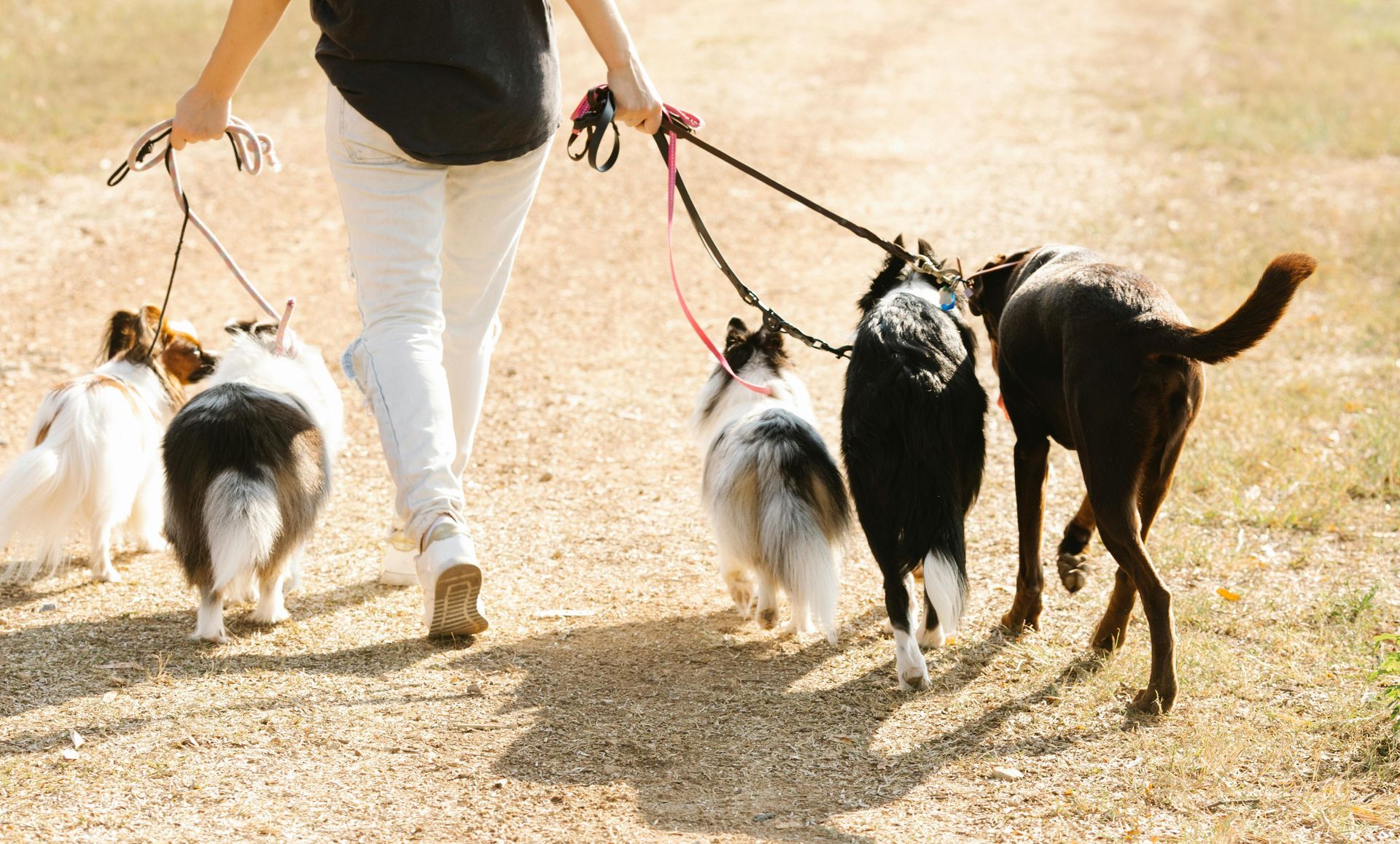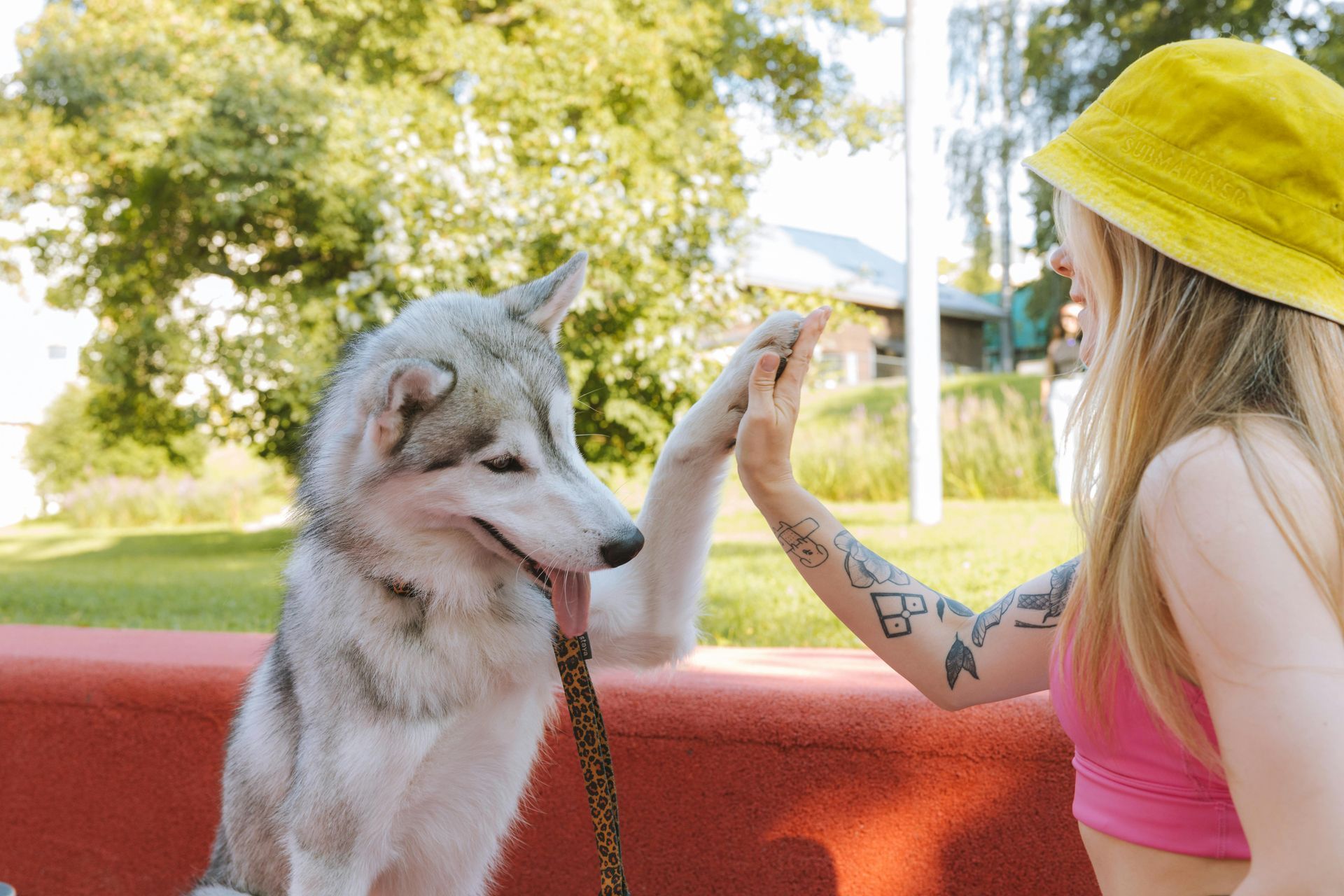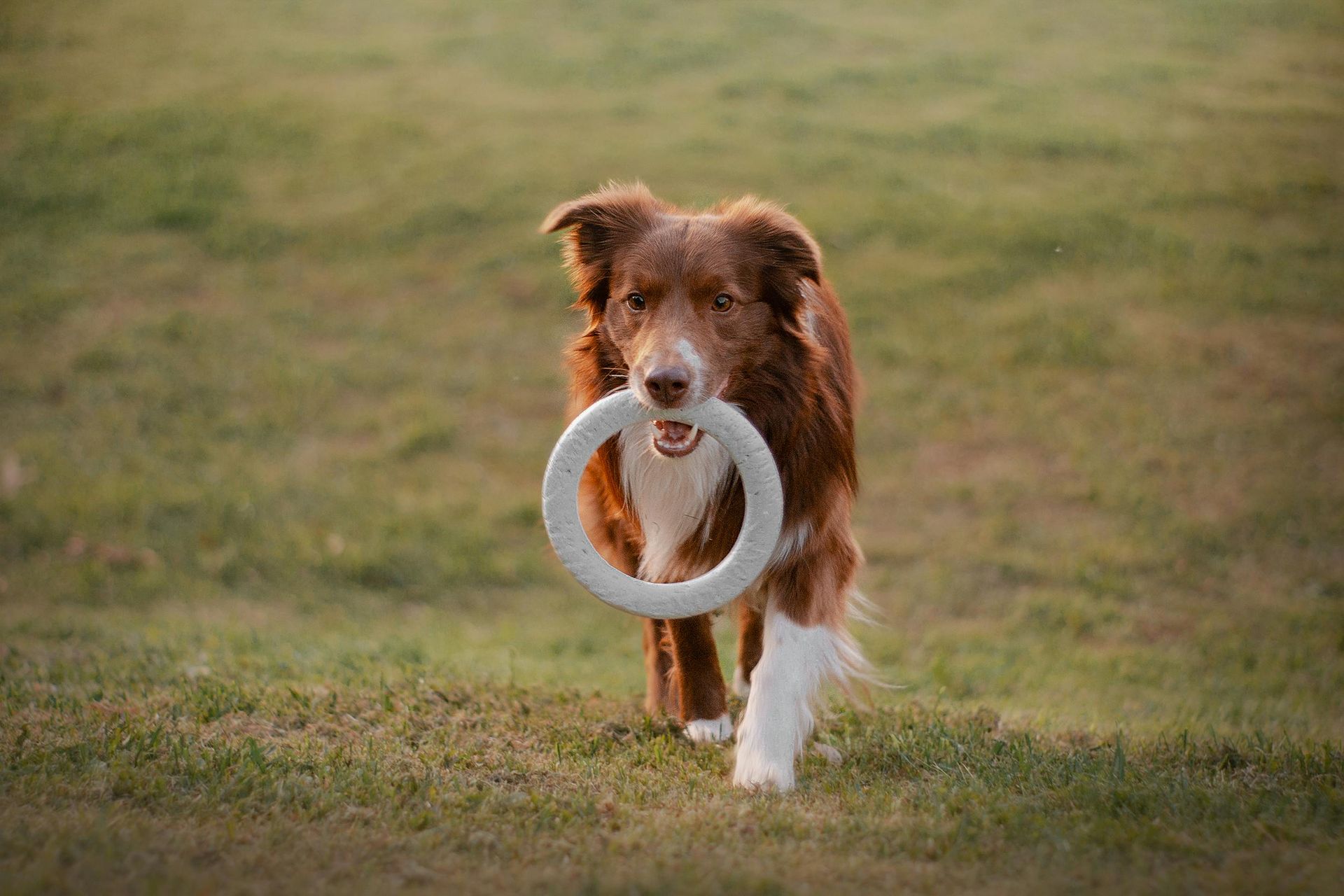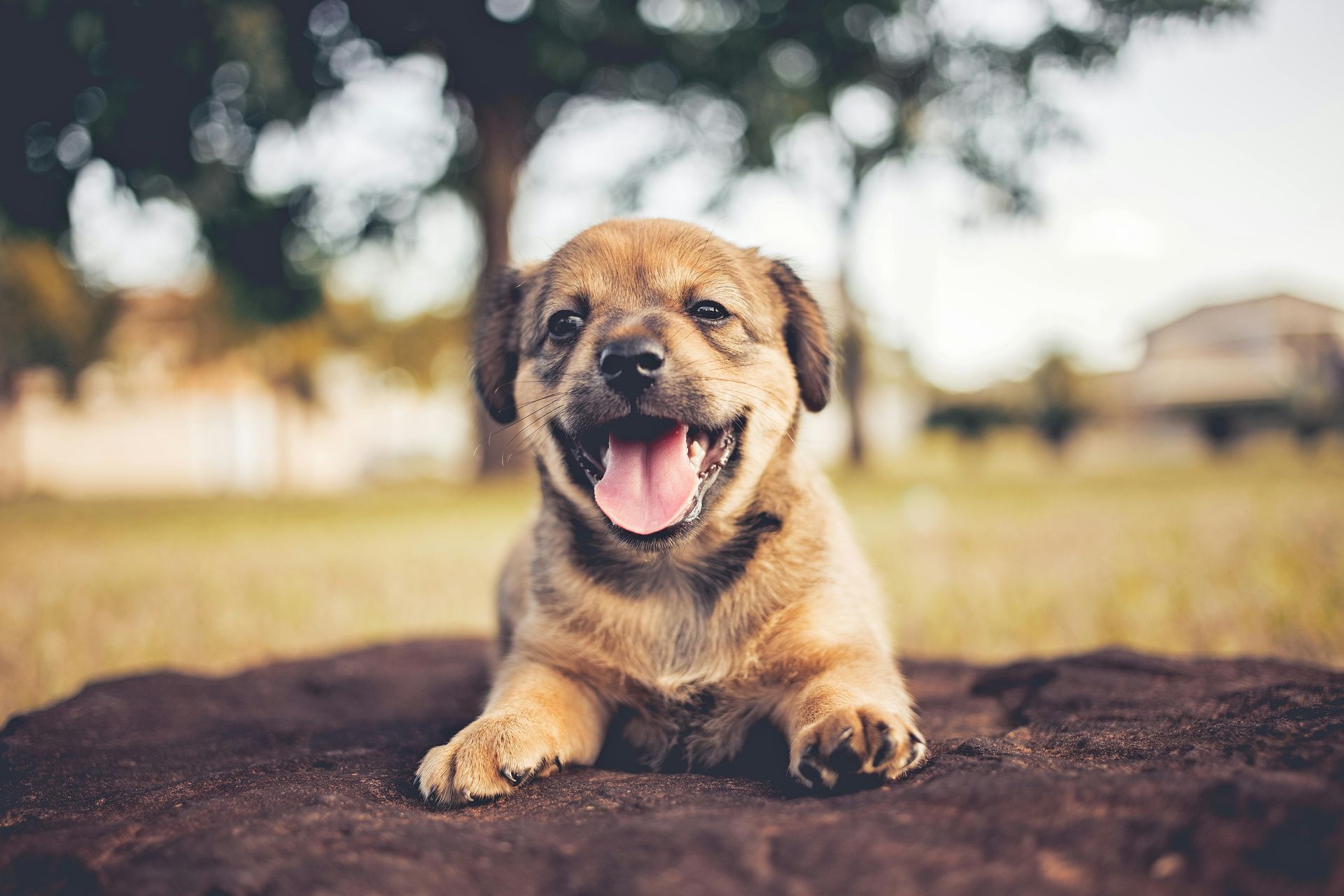The Importance of Consistent Dog Training
Consistency is Key: Mastering Dog Training with Everyday Habits
Training your dog goes beyond simple obedience; it involves establishing a routine that both the dog and owner can depend on. At Best By Farr Dog Training, we stress the crucial role of consistency in any effective training program.
1. The Power of Consistency: Consistency in training solidifies the rules and expectations for your dog, clarifying what is acceptable behavior and what is not. This regularity helps eliminate confusion, facilitating faster learning and better adherence to commands. By consistently applying the same rules and commands, you help your dog understand their boundaries, making daily interactions smoother for both of you.
2. Integrating Training into Daily Life: The beauty of consistent training lies in its integration into everyday activities. Commands like ‘sit’ before eating or ‘wait’ at doorways naturally reinforce training without requiring scheduled sessions. This approach not only saves time but also helps your dog practice obedience in a variety of contexts, reinforcing their training throughout the day.
3. Enhanced Long-Term Outcomes: Regular training fosters a well-mannered, calm pet. Consistency helps mitigate behavioral problems such as excessive barking or aggression and can improve your dog’s social skills, making interactions with other dogs and people more enjoyable. Additionally, it can decrease stress-induced health issues, improving your dog's overall well-being and potentially reducing veterinary visits.
4. Adapting to Different Settings: A dog well-versed in consistent commands adjusts better to changes in their environment. Whether you’re at home, in a dog park, or in unfamiliar territory, your dog will respond reliably. Consistent training provides a sense of familiarity and security for your dog, aiding their adaptability and confidence.
5. Family Involvement in Training: Consistency is also crucial when multiple people are interacting with the dog. Ensure that all family members use the same commands and follow the same guidelines. This unified approach prevents confusion and reinforces learning, helping your dog understand what to expect from each member of the household.
Consistency is the cornerstone of effective dog training, fostering a secure, structured environment for your dog. At Best By Farr Dog Training, we focus on empowering you to implement consistent training strategies that enhance communication and strengthen the bond between you and your dog. Embrace the routine, and watch your dog thrive under the guidance of clear, consistent expectations.
Share
